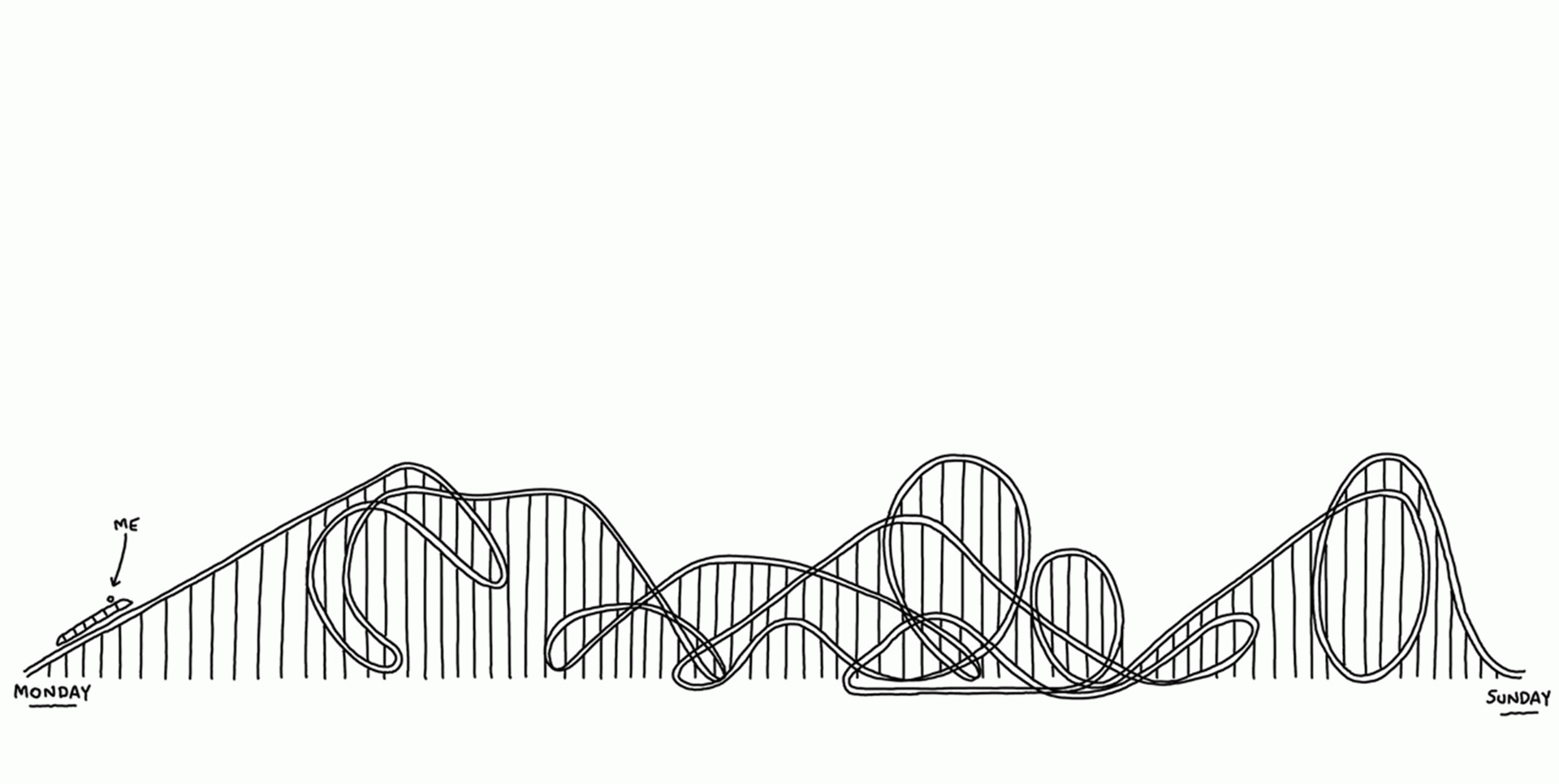Illustrated Concepts. How to illustrate based on data and concepts without being able to draw is a voyage to ideas. A workshop where we are going to talk about creativity and connections. On how to draw out our best ideas, connect them and formalise them simply and powerfully. All without having to know how to draw.
→ 25, 26, 27, 28 i 29 April. Total 10h
→ Monday to Friday, 6 pm to 8 pm
→ Online
→ 150 €
In the workshop, we’ll learn about the work process that Javi Royo uses to connect the ideas that are already in the environment to achieve new concepts We will work on the basis of real stories and representations to rid them of any excess and leave them naked. Extracting the essence of ideas to achieve the maximum impact. We will work on creative techniques based on the fact that creativity does not exist and we will all be replaced by robots in the future. We’ll play at being ideas miners.
Work material: paper, pencil and marker
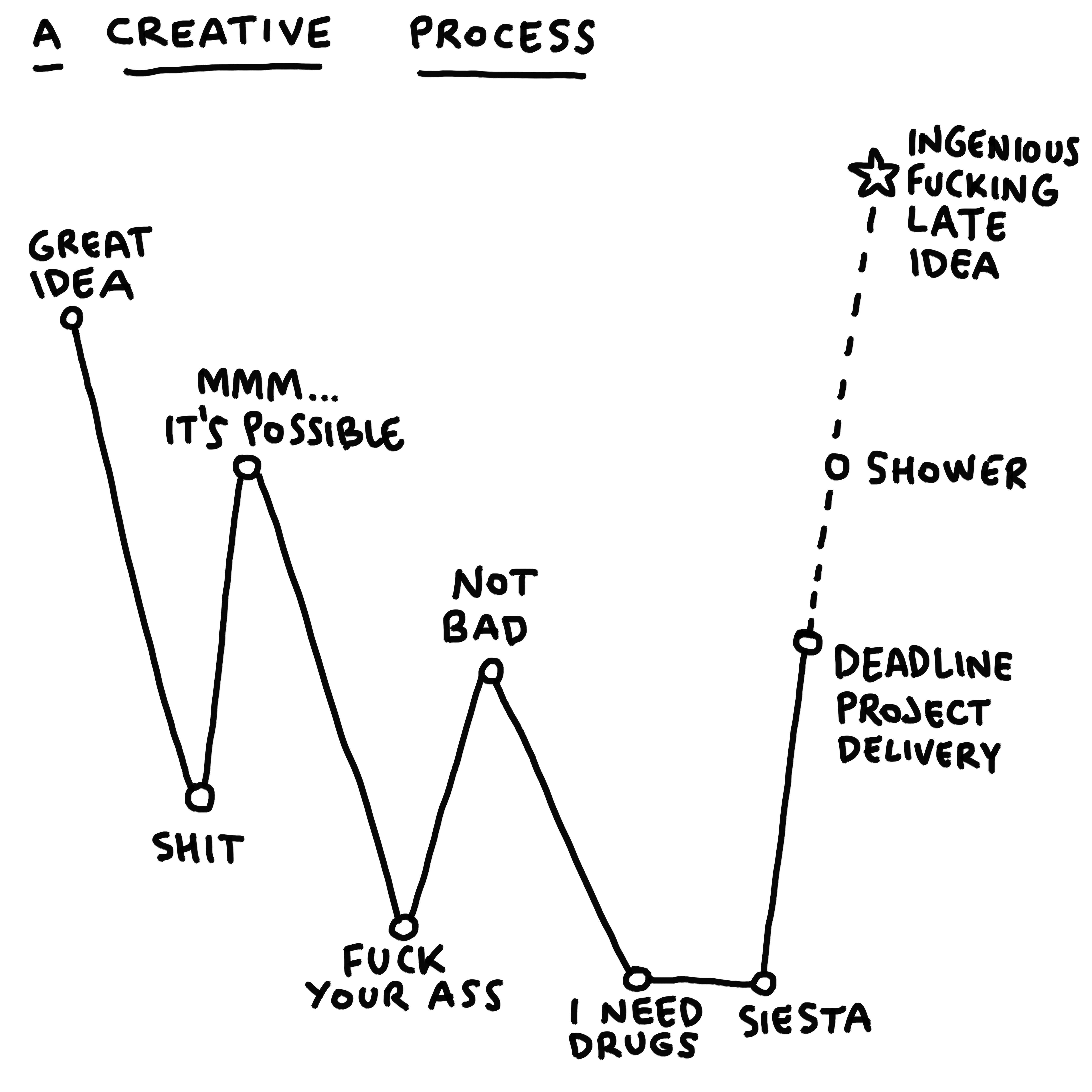
Professionals and students in the artistic and creative field such as design, illustration, photography, etc. Or anyone interested in the contents of the course who wants to get started in this field. No previous knowledge of illustration is required.

- Learn new creative techniques.
- Learn to illustrate based on data and concepts.
- Create a publication on Instagram. Propose a clear and personal publishing line.
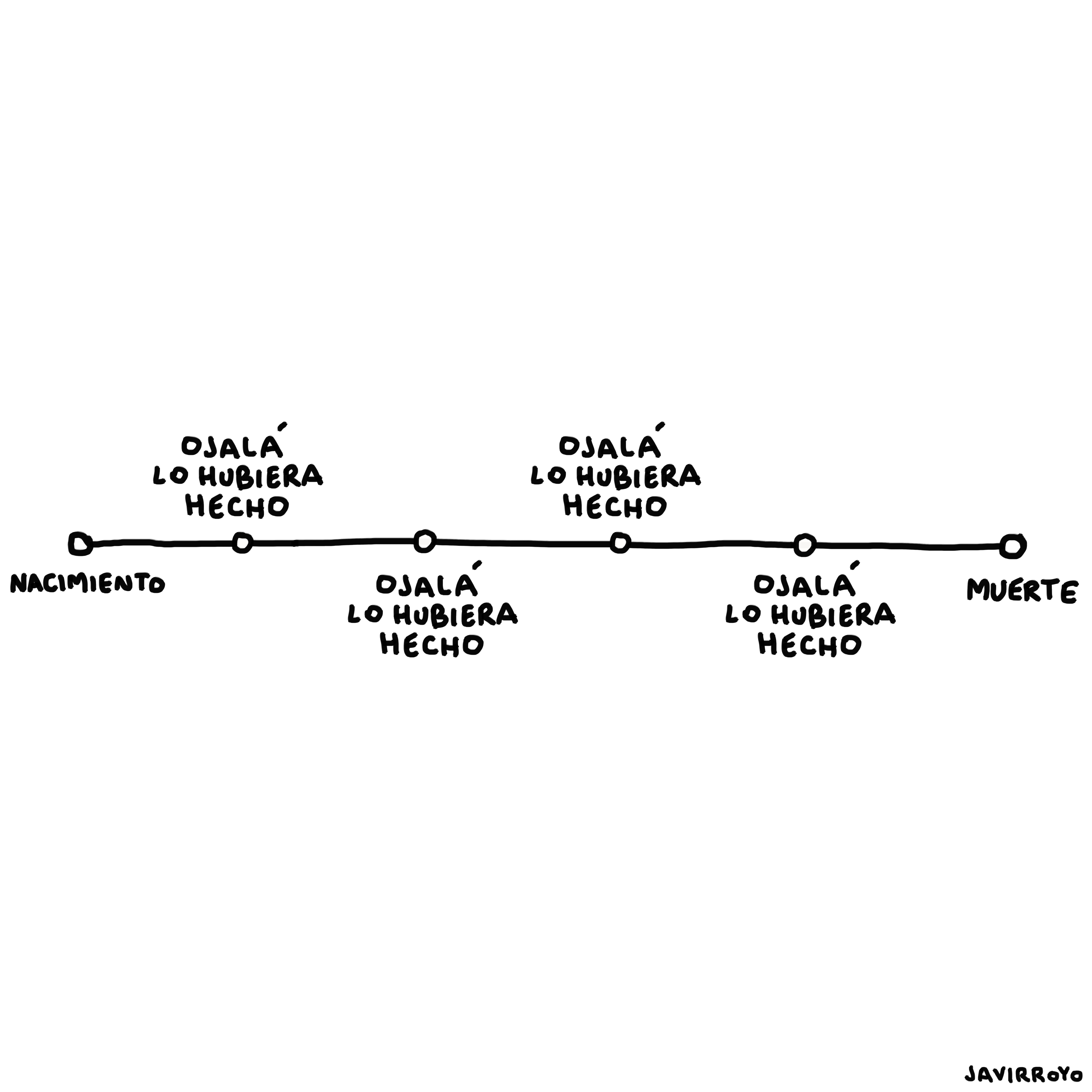
Monday 25.04 from 6pm to 8pm - Presentation
Think > Illustrate > Share.
- Can you represent ideas without being able to draw?
- What is my work process
- Why is it important always to start with an idea?
- Where are ideas born?
- How can I visually communicate what I’m thinking?
- How can I stimulate my creativity?
- What is illustration?
- What is style in illustration? Is it really that important?
- How to survive in a disruptive world?
- Graphic representation systems: Information graphics, data: Subjective data.
- Thinking with images. Can we represent an opinion, a piece of data or a thought in another way?
The process:
- a. Describe a story, a scene.
- b. Extract the important.
- c. Connect.
- d. Exchange.
- e. Formalise.
Challenge 1: The self-portrait
Draw/Represent a self-portrait as schematically as possible.
Tuesday 26.04 from 6pm to 8pm - Visual thinking
How to think visually
- a. Graphs and diagrams.
- b. Abstract analogies.
- c. Analogies.
- d. Allegories.
Challenge 2: The brain fridge.
Representation of data from our brain straight onto paper: check how we are for ideas in our fridge.
Challenge 3: Emotions.
Representation of situations that concern our emotions through concept association.
Wednesday 27.04 from 6pm to 8pm - News and Reality
Challenge 4: Current affairs.
Think and conceptualise based on topical news. Random themes.
Challenge 5: Reality.
Represent your own real and everyday situations with the minimum of elements.
Thursday 28.04 from 6pm to 8pm - Humour
Challenge 6: Humour.
Should humour make you laugh or can it be something else? Where are the limits of humour? Should there be limits to humour? What are my limits of humour?
Challenge 7: Memes.
Can I add memes to my work, to my way of drawing, of thinking? How?
Challenge 8: Conversation.
Relate concepts. Can I tell a conversation topic in a single drawing?
Friday 29.04 from 6pm to 8pm - To share
Challenge 9: Biography.
Our abilities. Our inabilities.
Challenge 10: Share.
Share the work done on the course. Share in class. Imagine sharing on social media.
Users, readers.
Instagram or/and you.
Exchanging ideas.
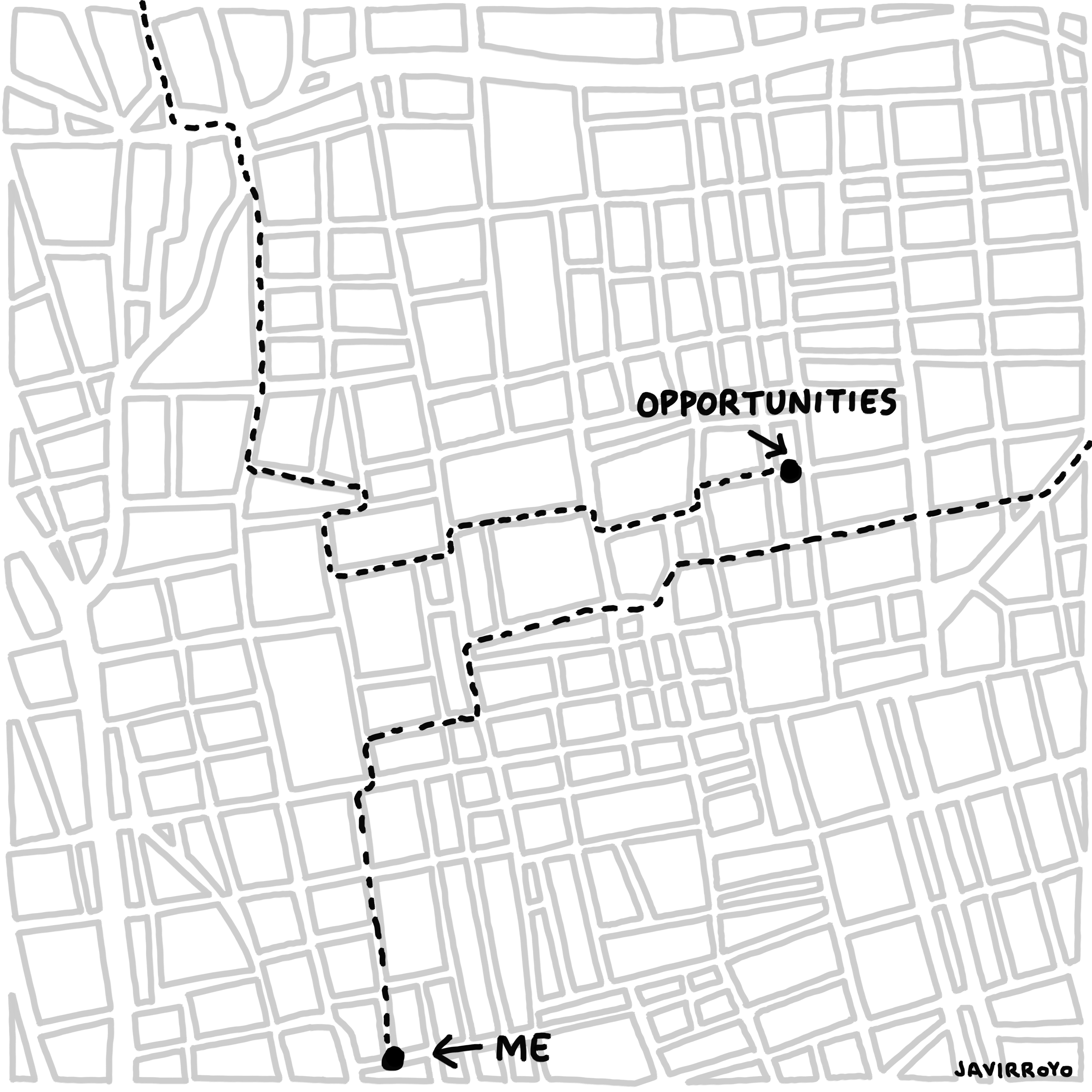
Registration closed.
- Email: cursos(a)eina.cat
- Telephone: 93 203 09 23
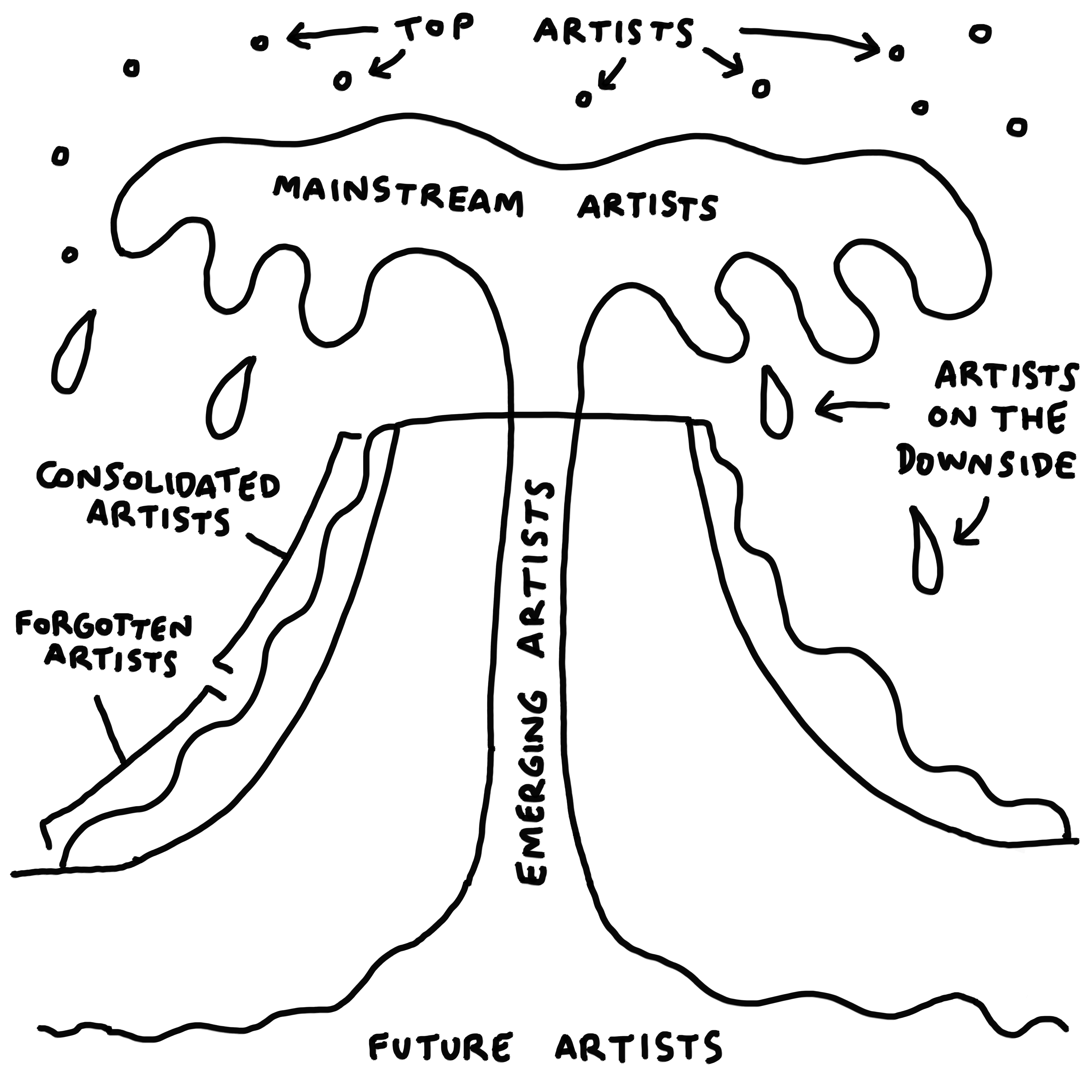 Javi Royo
Javi Royo
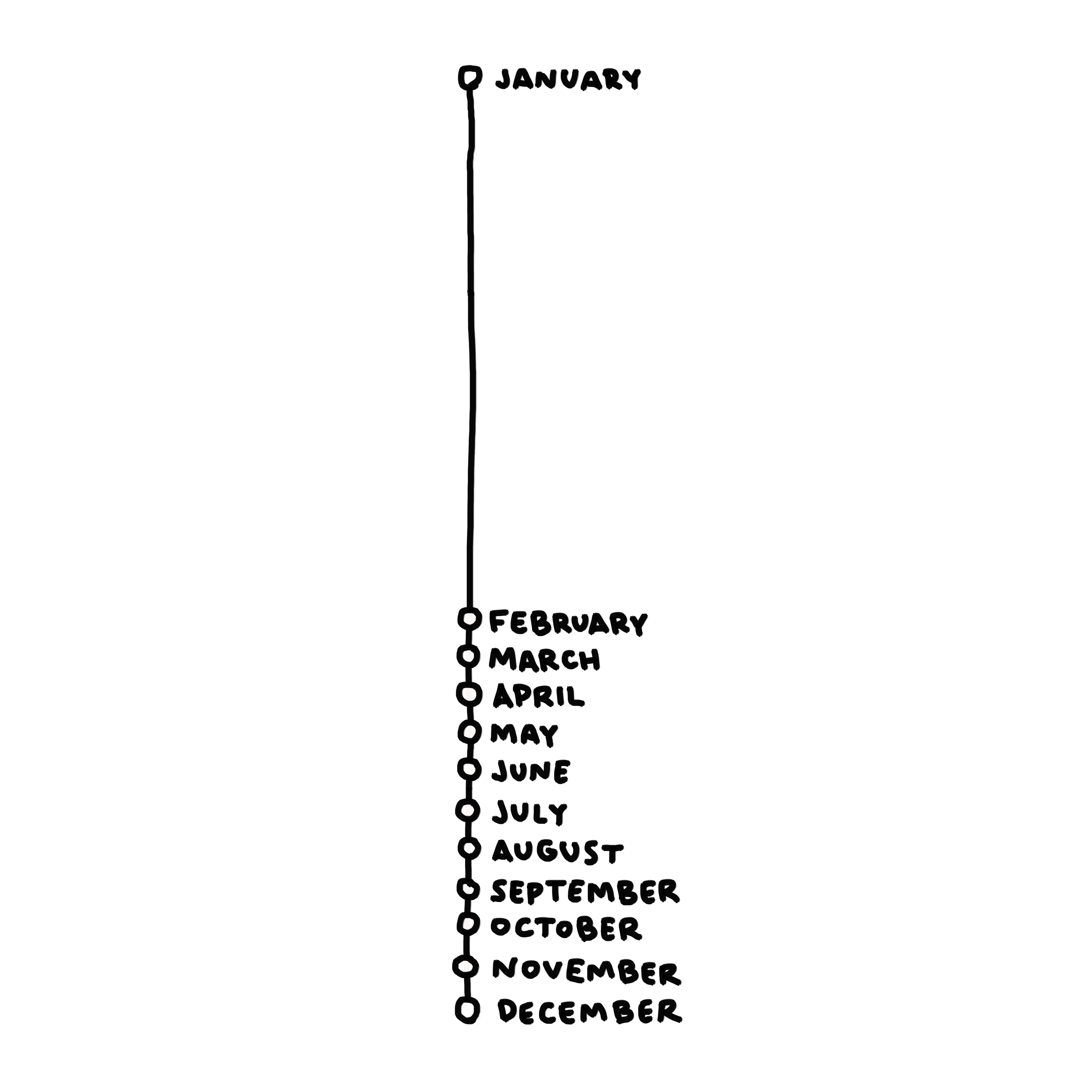 Year
Year
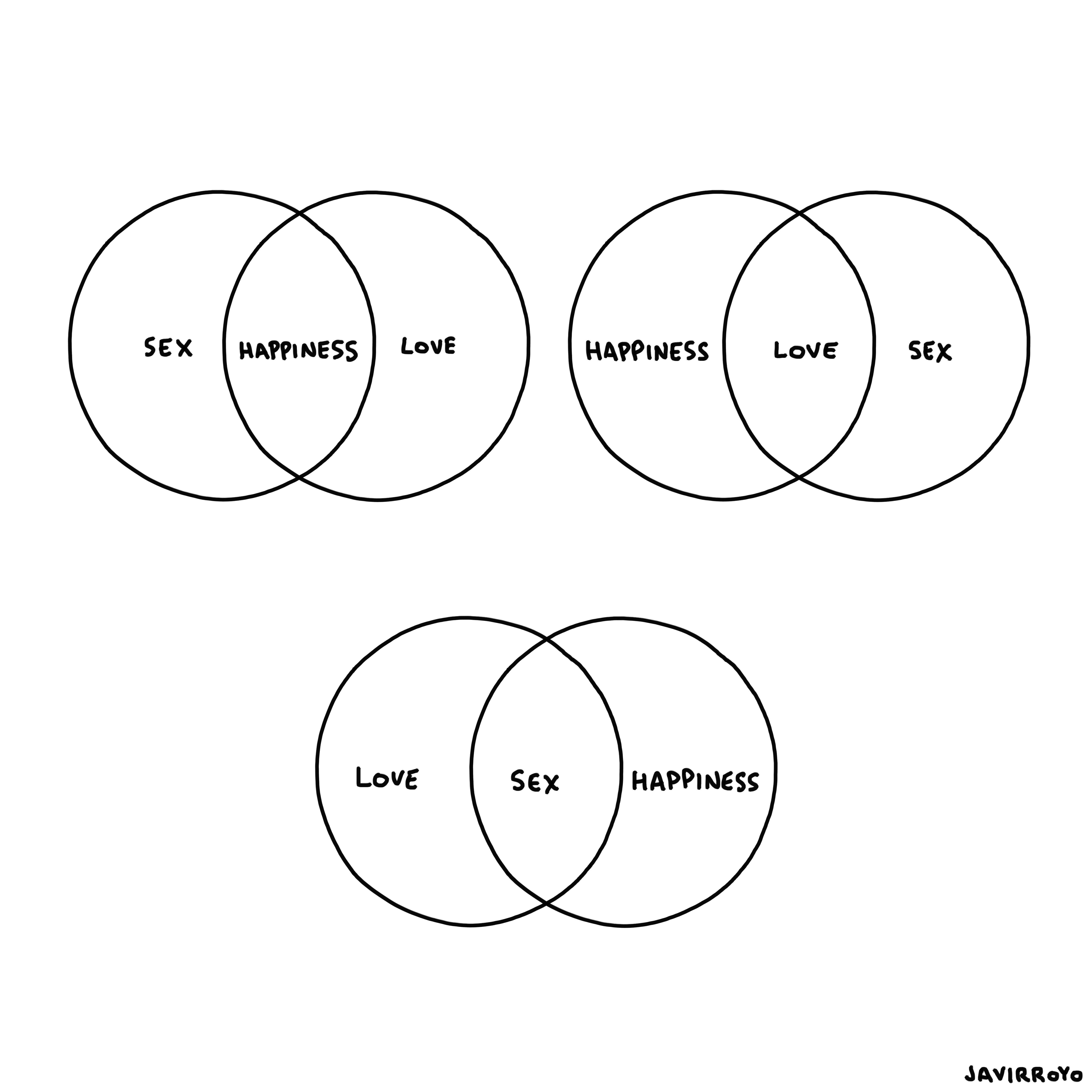 Sex Love Happiness
Sex Love Happiness
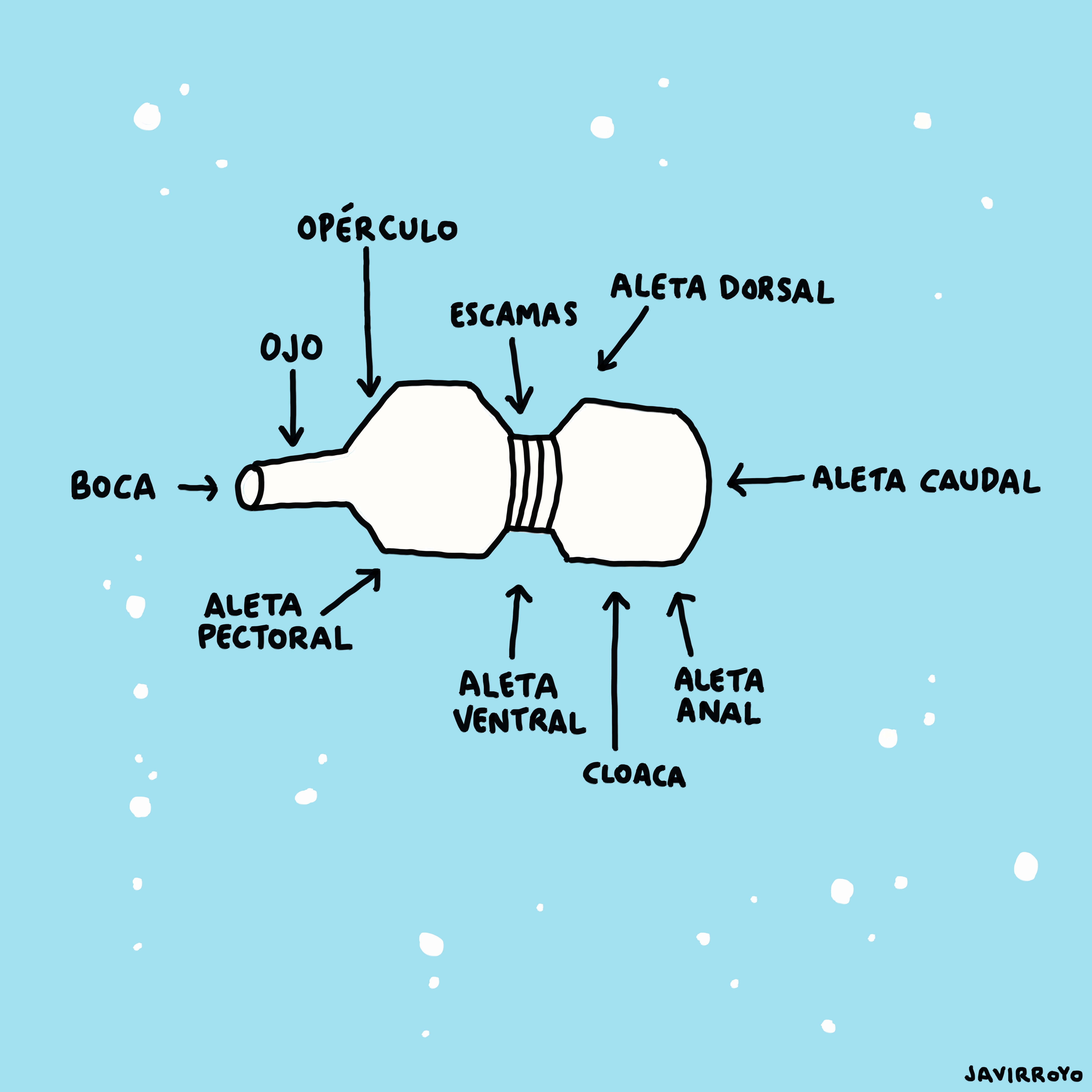 Partes de un pez botella
Partes de un pez botella
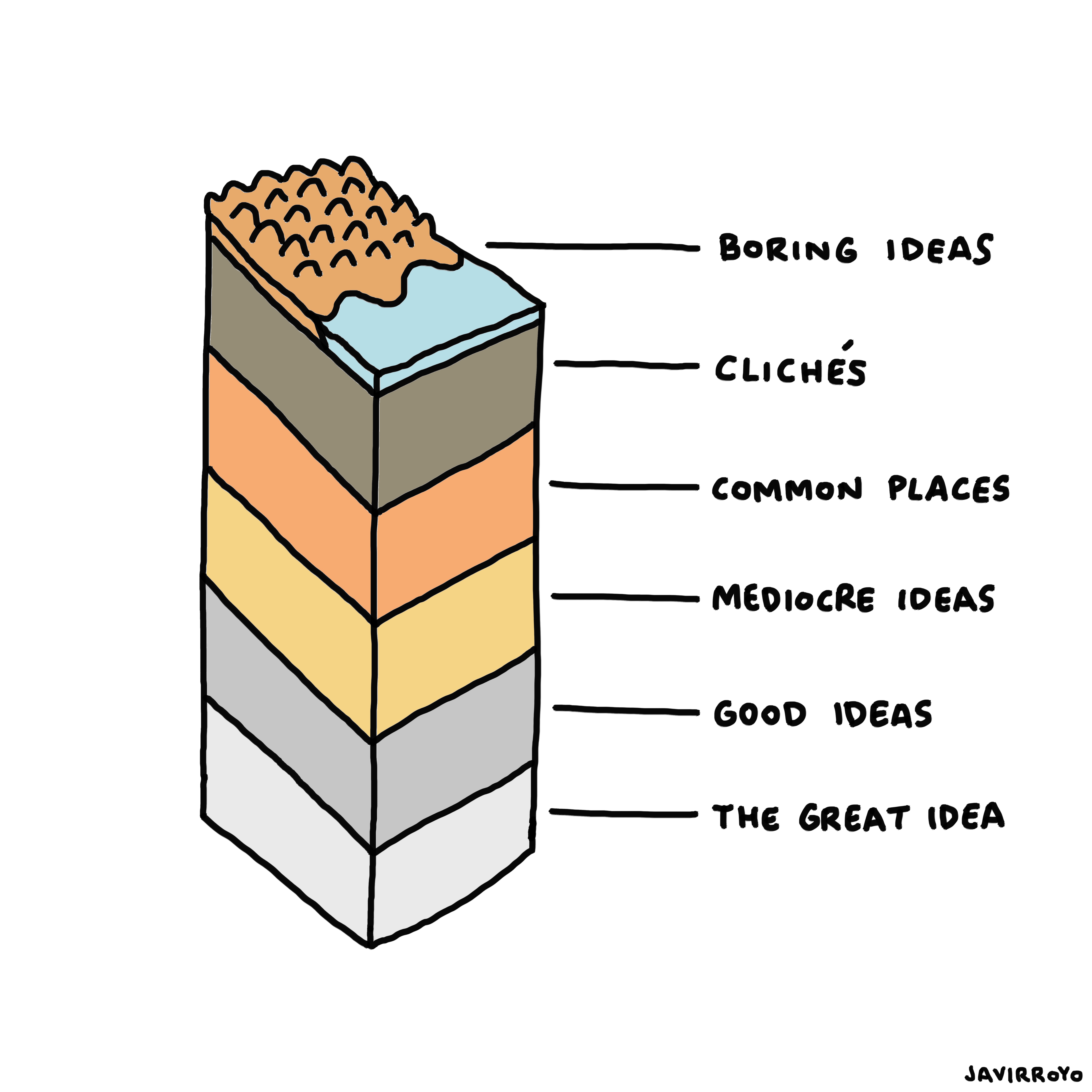 Great Idea
Great Idea
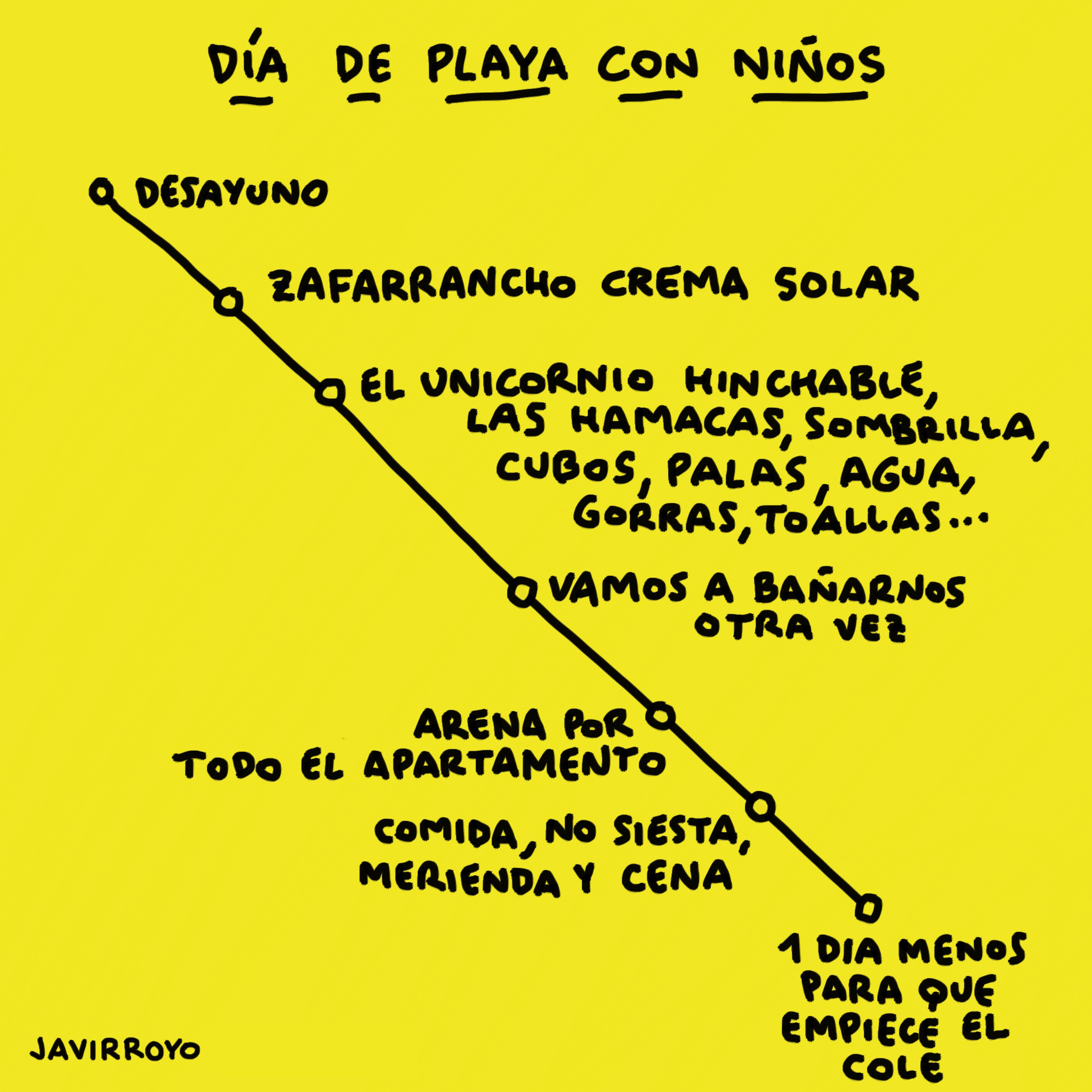 Día de playa con niños
Día de playa con niños
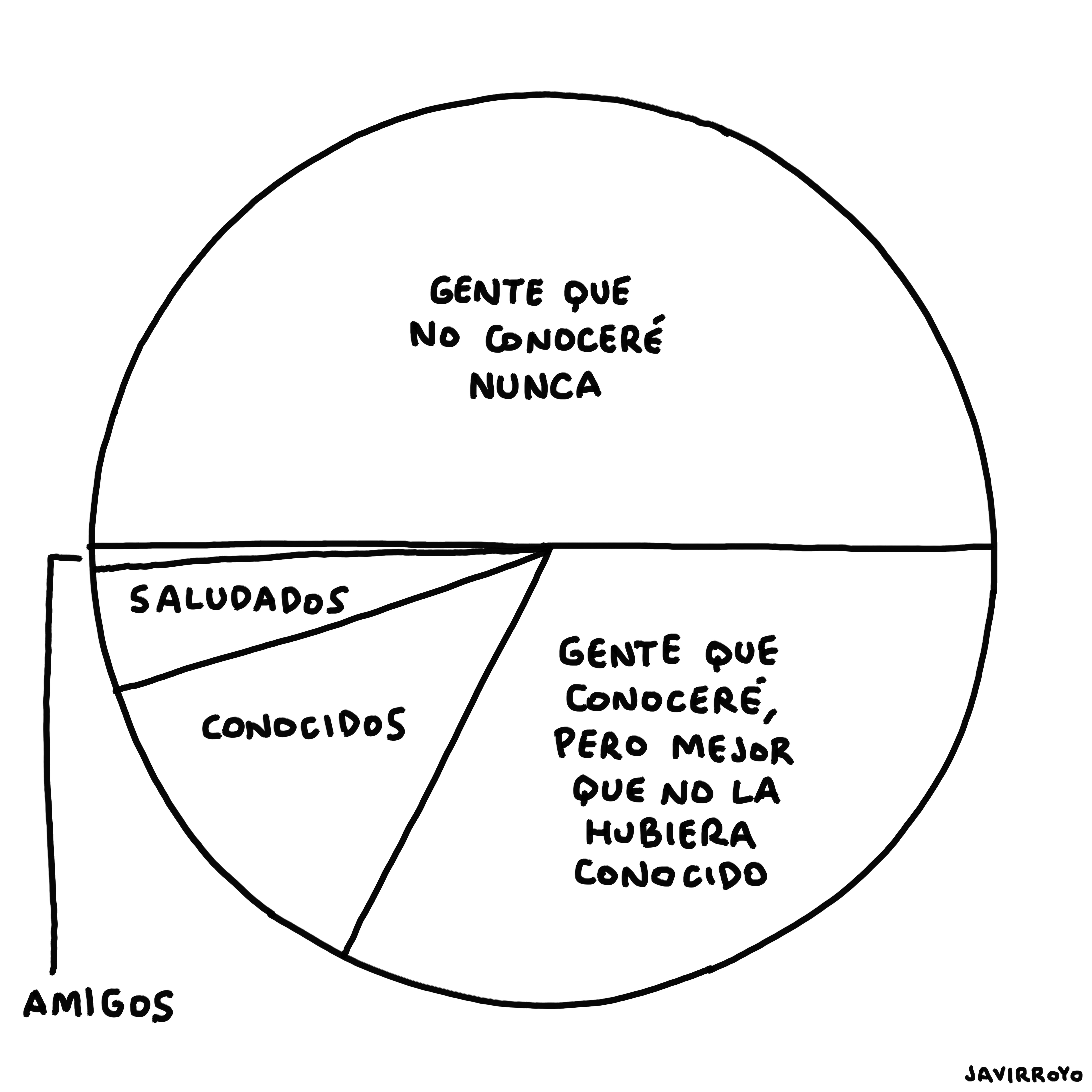 Conocidos saludados amigos
Conocidos saludados amigos
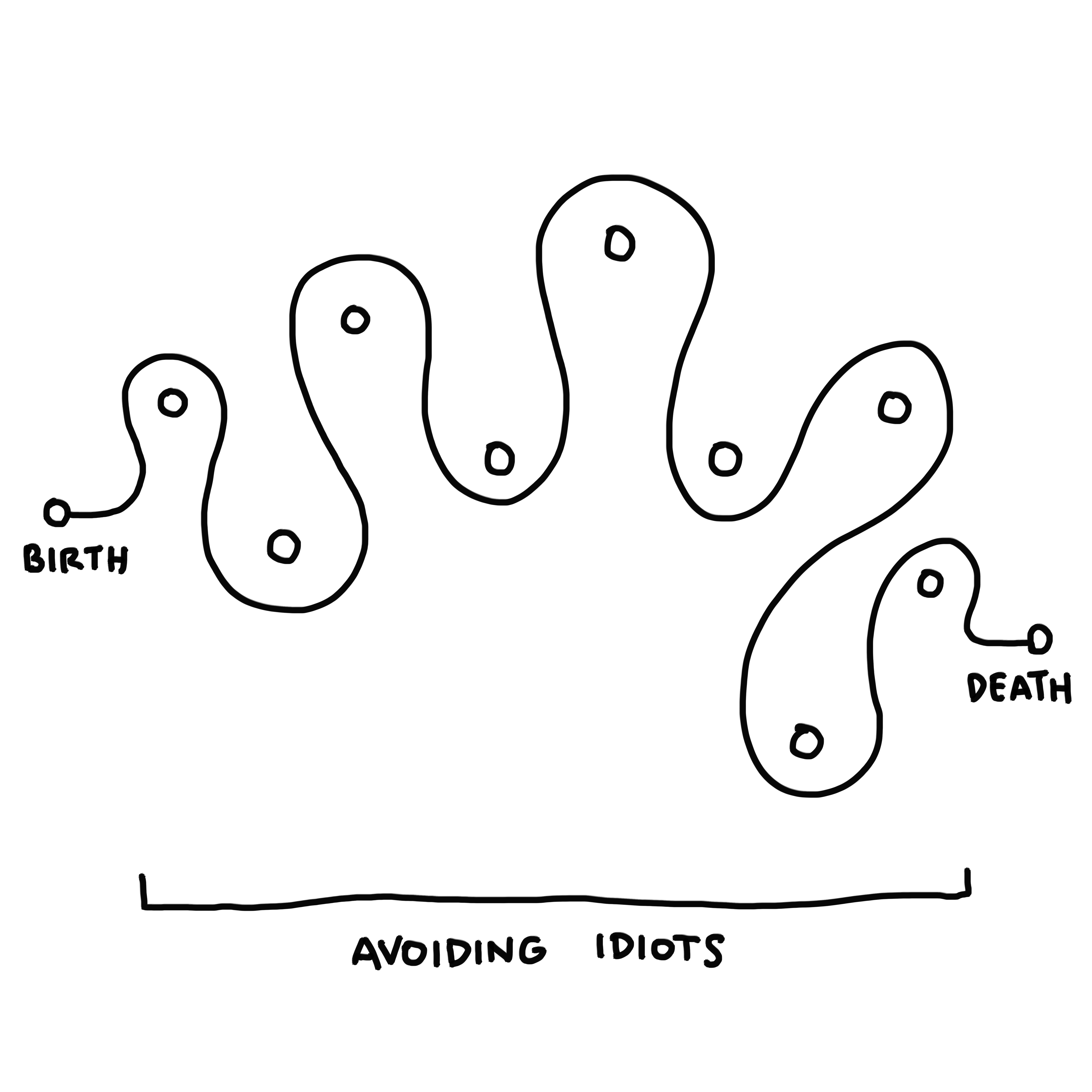 Birth To Avoid Idiots
Birth To Avoid Idiots

